When it comes to Parisian heritage restoration, architects Léa Cottreel and Rosalie Robert of RREEL are the latest studio du jour. With expertise in 19th and 20th century building construction (they both hold the DSA Architecture and Heritage from Énsa-PB in Paris), the restoration of the 1959 Maison Bernard from Edith Schreiber-Aujame was the perfect match for RREEL. Franco-American architect Edith Schreiber-Aujame was born in Poland but lived in France after studying under Walter Gropius and Marcel Breuer and working under the the direction of Vladimir Bodiansky and Charlotte Perriand in the studio Le Corbusier in 1947. (She also was responsible, in part, for the details on Le Corbusier’s Cité Radieuse in Marseille.) The house, a villa located in Maisons-Laffitte, France, is characteristic of the villas of the 1950s, with an organic influence of Le Corbusier and Charlotte Perriand.
The clients, a young couple looking to start a family, wanted to paint and modify the bathroom and kitchen before moving in. They asked another architect who, after seeing the house, referred them to RREEL: “It was obvious that the property was no ordinary house,” says Rosalie.
Rather than beginning work straight away, Rosalie and Léa suggested a period of research into the house and its architect in the archives. As they dove into the research, they uncovered more and more about Schreiber-Aujame and her original concept for the villa. The house had been modified in the early 2000s with a terrace replaced by a bedroom and the fireplace replaced with a stove. The clients’ aim was to gradually restore the house to its original state phased over several years. RREEL begin by restoring the kitchen and opening it into the living room, as well as restoring the fireplace, bathroom, and staircase as well as the built-in furniture original to the house. Join us for a look around.
Photography by Mary Gaudin for RREEL.



















We’ve also profiled another historical renovation project by RREEL. See (2).
For more inspiring architecture in and around Paris, see our posts:
- A Considered Renovation in Old Versailles by Architect Saba Ghorbanalinejad
- Modernity in Outer Paris: A 1910 House in Île-de-France by Mudo Architecture
- Multiplying Light and Space: A Compact Paris Apartment with a Vintage Quality
- A Paris Apartment with Artful, Architectural Interventions from Corpus Studio
- Monastic Frivolity at Casey Casey’s Showroom and Atelier in Paris
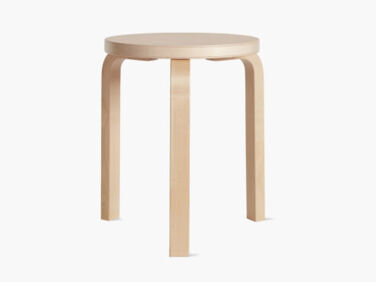
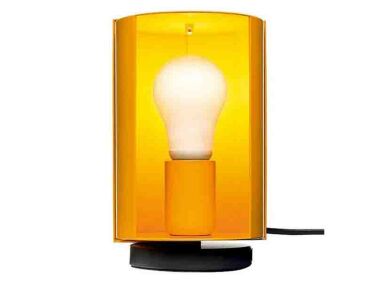
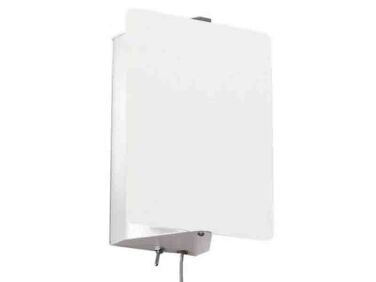
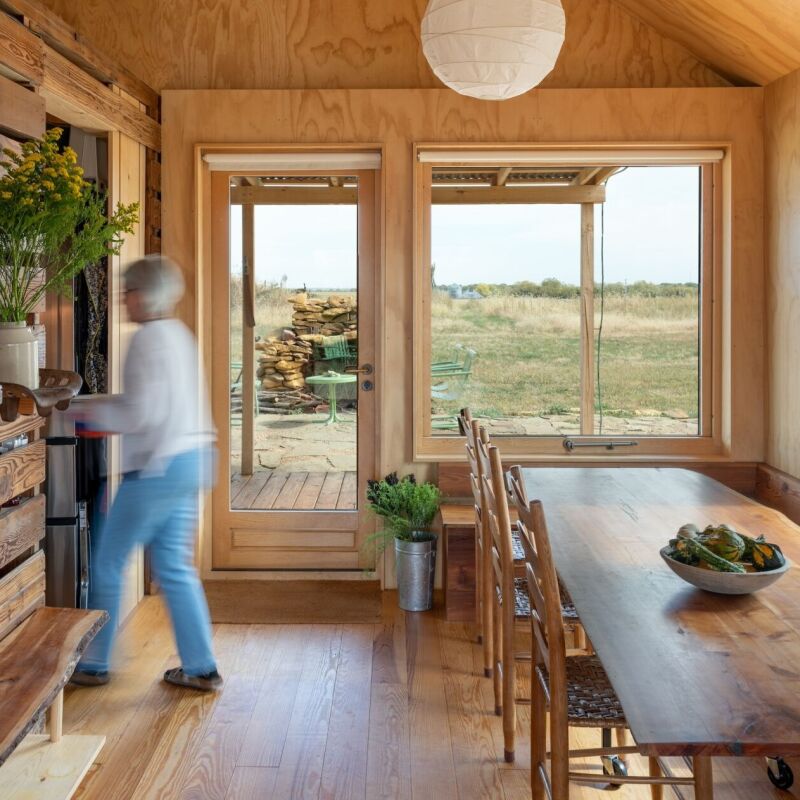
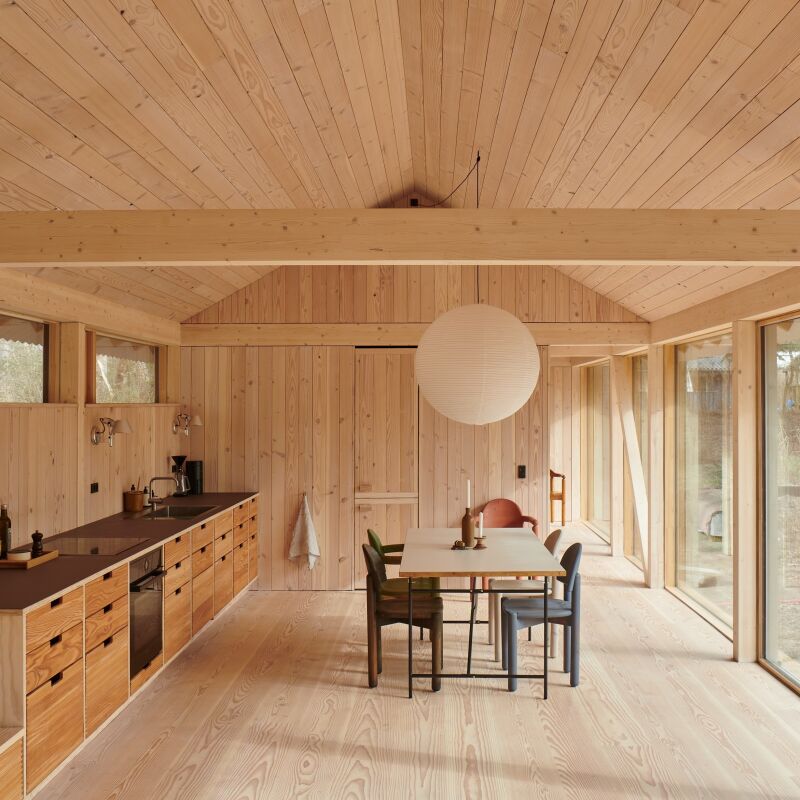
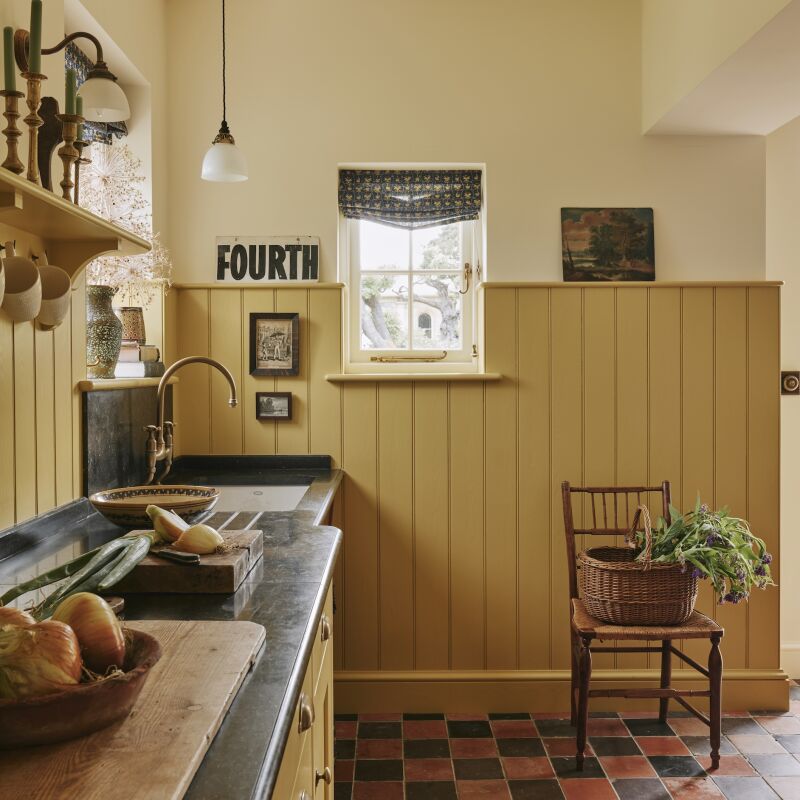

Have a Question or Comment About This Post?
Join the conversation (0)